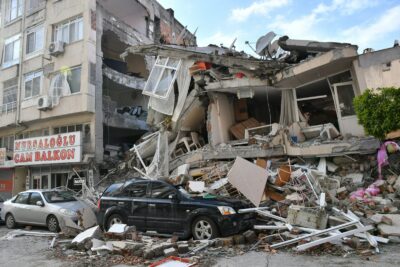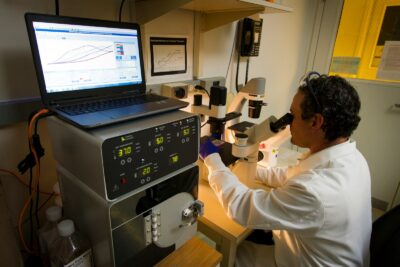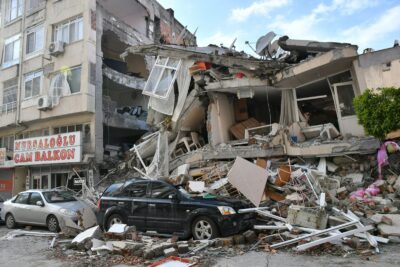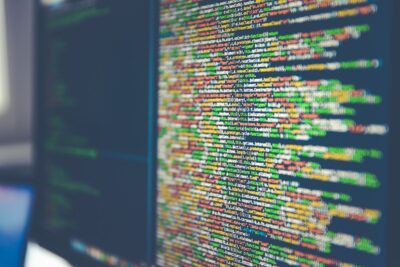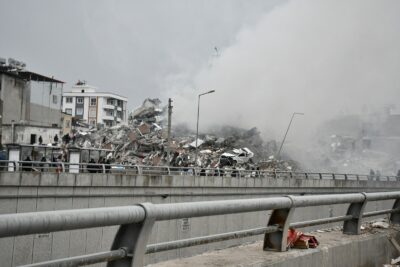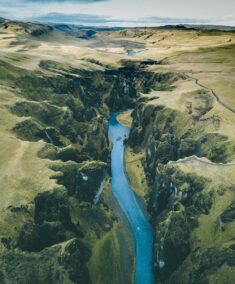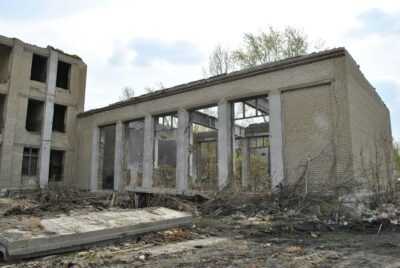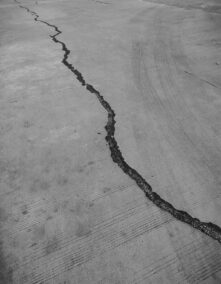Harnessing Deep Learning to Distinguish Seismic Noise from Earthquake Precursors
Deep Learning in Seismic Monitoring: A Game Changer
Deep learning models have revolutionized numerous fields, and their application in seismic monitoring is no exception. The ability of these models to distinguish between harmless seismic noise and genuine earthquake precursors marks a significant advancement in the field of geophysics. In regions like Saudi Arabia and the UAE, where rapid development and urbanization increase the need for accurate seismic monitoring, deep learning models provide a robust solution. These models analyze vast amounts of seismic data, identifying patterns that human experts might overlook. This capability not only enhances the precision of earthquake detection but also improves the speed at which warnings can be issued, potentially saving lives and reducing economic losses.
In cities such as Riyadh and Dubai, the integration of deep learning in seismic monitoring systems is becoming increasingly essential. These bustling metropolises, with their dense populations and critical infrastructure, require advanced technologies to ensure safety and resilience against natural disasters. By employing deep learning algorithms, authorities can better predict and prepare for earthquakes, minimizing the impact on human life and economic activities. The implementation of such technology also showcases the region’s commitment to leveraging modern technology for sustainable urban development.
Moreover, the collaboration between AI experts and geophysicists in the Middle East highlights the interdisciplinary approach necessary to tackle complex challenges like earthquake detection. The synergy between artificial intelligence and earth sciences paves the way for innovative solutions that were previously unimaginable. As deep learning models continue to evolve, their accuracy and efficiency in distinguishing seismic noise from genuine earthquake precursors will only improve, providing even greater benefits to societies at risk of seismic activities.
The Technical Backbone: How Deep Learning Models Work
The effectiveness of deep learning models in seismic monitoring stems from their complex neural network architectures, which mimic the human brain’s ability to learn and recognize patterns. These models are trained on massive datasets, including historical seismic records and simulated earthquake scenarios. Through a process called supervised learning, the models learn to classify different types of seismic waves, distinguishing between everyday background noise and signals that indicate an impending earthquake.
One of the key advantages of deep learning in this context is its ability to improve over time. As more seismic data is collected and fed into the system, the models continuously refine their predictions, becoming more accurate and reliable. This self-improving nature makes deep learning an invaluable tool for earthquake detection, especially in regions with high seismic activity. Furthermore, the deployment of these models in real-time monitoring systems ensures that alerts can be issued promptly, giving people more time to take precautionary measures.
The application of deep learning models is not limited to earthquake detection alone. These technologies can also be used to study other geological phenomena, such as volcanic eruptions and landslides. By expanding the scope of their analysis, researchers can gain a deeper understanding of the Earth’s dynamic processes and develop more comprehensive disaster preparedness strategies. This holistic approach to seismic monitoring underscores the transformative potential of artificial intelligence in the field of geophysics.
Integrating Deep Learning Models in Urban Planning and Development
As cities like Riyadh and Dubai continue to grow, integrating deep learning models into urban planning and development becomes crucial. These models can provide valuable insights into the seismic risks associated with different areas, guiding the construction of earthquake-resistant buildings and infrastructure. By incorporating seismic data into the planning process, urban developers can ensure that new projects are resilient to potential earthquakes, safeguarding lives and investments.
In addition to enhancing safety, the use of deep learning models in urban planning can also optimize resource allocation. For example, emergency response teams can use predictive analytics to identify the most vulnerable areas and prioritize their efforts accordingly. This proactive approach enables authorities to mitigate the impact of earthquakes more effectively, ensuring that resources are deployed where they are needed most.
The commitment to adopting advanced technologies for earthquake detection and urban planning reflects the forward-thinking mindset of cities like Riyadh and Dubai. By leveraging the power of deep learning, these cities are setting a benchmark for others to follow, demonstrating how artificial intelligence can be harnessed to create safer, more resilient urban environments. This progressive approach not only enhances the quality of life for residents but also positions these cities as leaders in smart city innovation.
The Future of Seismic Monitoring: Opportunities and Challenges
Looking ahead, the future of seismic monitoring with deep learning models holds immense promise. Continued advancements in AI and machine learning will lead to even more sophisticated models capable of detecting subtle seismic signals with unprecedented accuracy. These innovations will further enhance our ability to predict and respond to earthquakes, reducing the risk of catastrophic damage and loss of life.
However, the widespread adoption of deep learning models in seismic monitoring also presents certain challenges. Ensuring the availability of high-quality, comprehensive seismic data is crucial for training effective models. Additionally, the integration of these technologies into existing monitoring systems requires substantial investment and coordination among various stakeholders, including government agencies, research institutions, and private sector partners.
Despite these challenges, the potential benefits of using deep learning models for earthquake detection far outweigh the obstacles. By embracing these cutting-edge technologies, cities and countries can significantly enhance their resilience to seismic events, protecting their citizens and infrastructure from harm. As we continue to explore the possibilities of artificial intelligence in geophysics, the collaboration between technologists and earth scientists will be key to unlocking new frontiers in earthquake detection and disaster preparedness.
—
#DeepLearning #EarthquakeDetection #SeismicMonitoring #ArtificialIntelligence #SmartCities #Riyadh #Dubai #ModernTechnology


